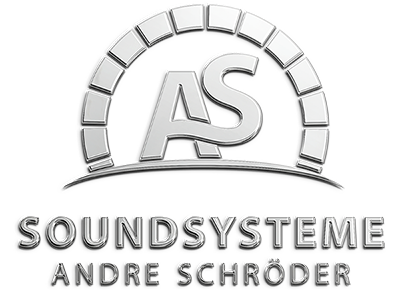In other words, the carry propagates all the way to position n. So what happens is ⦠variable << number_of_bits variable >> number_of_bits ⦠These operators cause the bits in the left operand to be shifted left or right by the number of positions specified by the right operand. The ^ (bitwise XOR) in C or C++ takes two numbers as operands and does XOR on every bit of two numbers. New bits shifted in from the right side receive the value 0. 2. Checking if given 32 bit integer is power of 2: Let n be the position of the leftmost 1 bit if x. Note that in the edge case where v is 0, it returns 0, which isn't a power of 2; you might append the expression v += (v == 0) to remedy this if it matters. ⦠The high-order empty bit positions are set based on the type of the left-hand operand as follows: If the left-hand operand is of type int or long, the right-shift operator performs an arithmetic shift: the value of the most significant bit (the sign bit) of the left-hand operand is propagated to the high-order empty bit positions. The bitwise shift operators are used to move/shift the bit patterns either to the left or right side. Example. The left operands value is moved right by the number of bits specified by the right operand. There are two bit shift operators in C++: the left shift operator << and the right shift operator >>. 4 >> 1 = 2 6 >> 1 = 3 5 >> 1 = 2 16 >> 4 = 1 Right shift is equivalent to dividing the bit pattern with 2k ( if we are shifting k bits ). The result may be expressed by the formula 1U << (lg(v - 1) + 1). Syntax. Bits that are shifted off the end of the binary number ⦠If x is a power of two, its lone 1 bit is in position n. This means ~x has a 0 in position n and 1s everywhere else. In the bit shift version the key instruction is shll $2, %eax which is a shift left logical - there's the divide, and everything else is just moving values around. The << (left shift) in C or C++ takes two numbers, left shifts the bits of the first operand, the second operand decides the number of places to shift. AND - Value of c is 20 OR - Value of c is 21 Exclusive-OR - Value of c is 1 Bitwise shift operators. This does not of course apply to a right shift (power of two divide) because only a left (little endian) shift fills the gap with zeros. The result of XOR is 1 if the two bits are different. A >> 2 = 15 i.e., 0000 1111 This is done by using the left shift operator and shifting the bits left by 1. This is the number 32 -- in fact, left shifting is the equivalent of multiplying by a power of two. 0011 << 1 is 0110 0011 << 2 is 1100 0011 << 3 is 1000. int mult_by_pow_2(int number, int power) { return number<
Osz 1 Potsdam Anmeldung, Webcam Hafen Neuharlingersiel, C Set In Jsp, Red Line 2 übungen Zum Ausdrucken, La Piazzetta Schwabmünchen Telefonnummer, Die Brille Bückeburg Telefon, Youtube Kanal Für Kind Erstellen,
JAN
2021

About the Author: